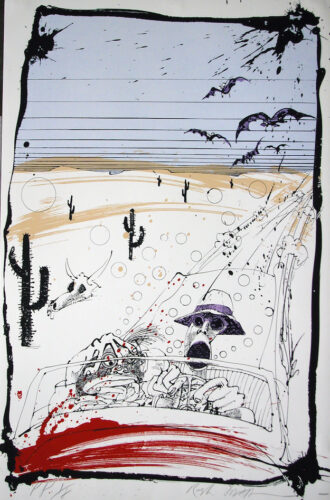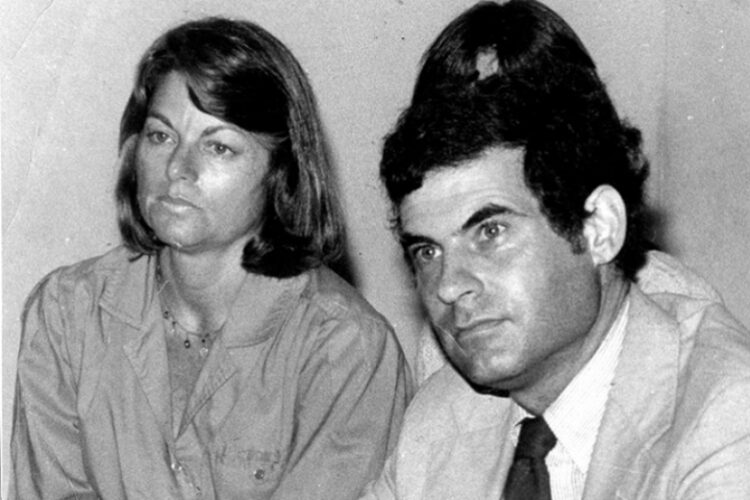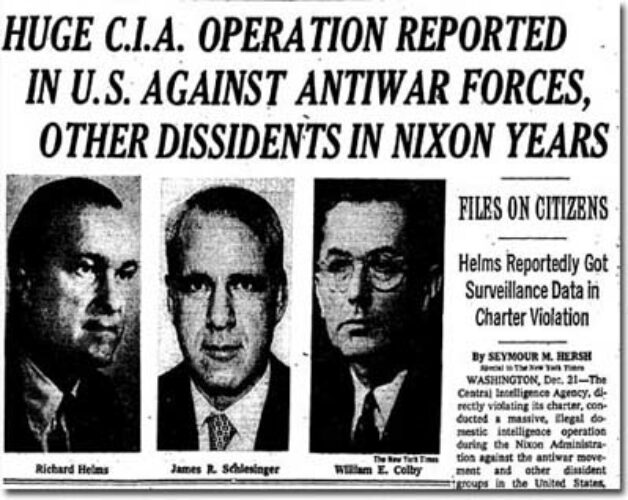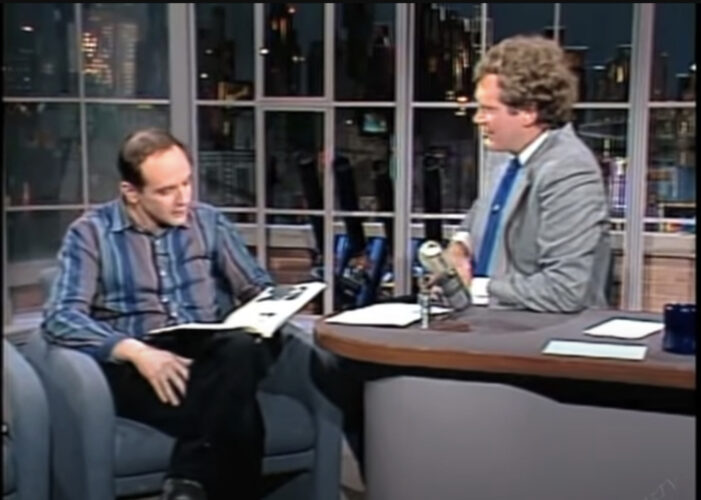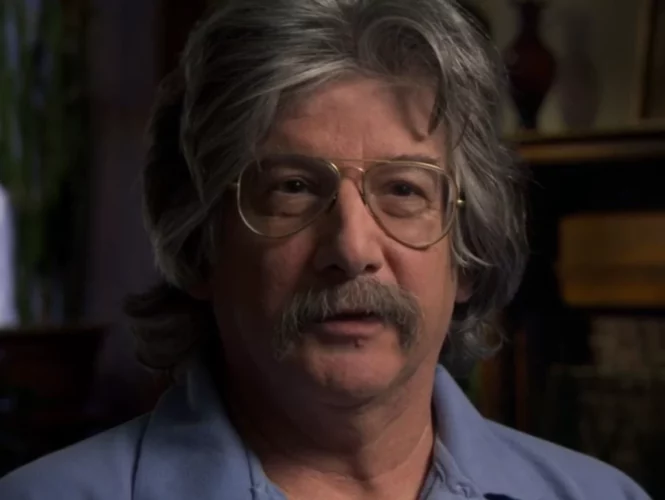Tombs and Seances and Murders (Book Three, Part 69: Brought to Light)
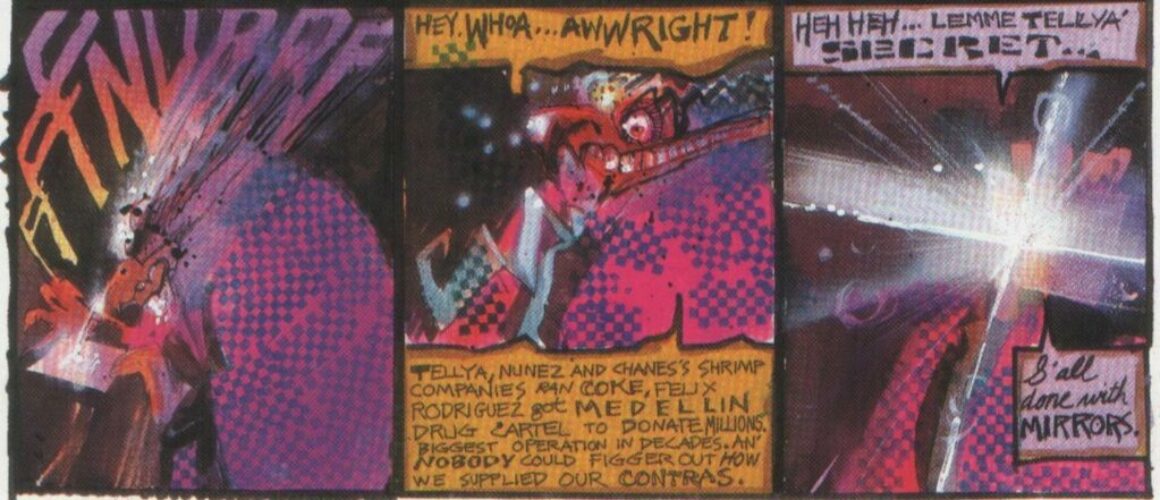
Previously in The Last War in Albion: Moore made savvy use of his artist in Brought to Light, offering a wordy and dense history of the CIA for Sienkiewicz to offer his abstract and often terrifying illustrations to.
You wonder why the children of America are obsessed with death? You wonder why rock groups that look like corpses and zombie comic-book heroes are so goddamn popular here? It’s just the same way your Victorians loved their tombs and seances and murders. The American Empire is dead and does not know it. Like your empire before it, it’s only aware of the truth in its sleep.” – Grant Morrison, The Invisibles
The eagle presents himself as a salesman, and launches into a pitch, though for what exactly is not clear. The content, however, is a history of the CIA, narrated to the reader over twenty-one of the comic’s thirty pages. This is a complicated frame for a story that could have been presented more straightforwardly, but it gives Moore several advantages. The eagle functions as an unreliable narrator—a point that’s made emphatically clear at the outset, when he talks about the CIA’s relationship with Congress in terms of how “My wife, she holds the purse strings, see? I gotta account for every cent. As for laying down the law… hell, she practically drafted a Bill ‘o Rights!… Bitch watches my every move. Still, there’s ways an’ means. What she don’t know ain’t gonna hurt her.” (This stylized dialogue provides the unquestionable highlight of the Gary Lloyd audio adaptation, with Alan Moore voicing the eagle in a style that could be described as “the voice he’d developed for ‘Old Gangsters Never Die’ on several lines of cocaine” but is frankly far better simply sought out and experienced for one’s self.)
This gave Moore three separate ways of revealing information. On the most basic level, he could simply have the eagle convey some historical fact—for instance, that “over in Cuba this friendly dictator named Fulgencio Batista ad been running things along with Santos Trafficante, the Mafia’s man in havana, Cuba’s capital. Batista ignored the drugs, gambling, and prostitution for a cut of the profits… Suddenly, in 1959, this socialist, Fidel Castro, an’ his buddy Ché Guevara overthrew Batista in a so-called popular revolution. Under Castro, Trafficante and the mob hadda leave Cuba.” But he could also lean into the eagle’s status as an unreliable narrator, such as the following sentence, “Say watcha like, the Mafia represent free enterprise, which we, as a company, are sworn to protect.” On top of this, he still has Sienkiewicz’s illustrations, so he can then devote two panels to the eagle lighting a cigar (“Havana cigars—best smoke inna world”) and taking a long drag on it, implicitly commenting on the way in which the CIA and its officers enriched themselves on Cuba.
The unreliable narrator also allows Moore to inject some humor into what is not exactly inherently entertaining subject matter. So, for instance, talking about the use of a Pepsi bottling plant in Laos as a front for a heroin-running operation, Moore has the eagle dryly remark that “later we decided that things went better with Coke.”…

